Many of those pictures, which were taken by Michael Hoch (CERN/CMS) in the last couple of years, have circulated in the web for a long time, and individual ones have been used in several places. However, they are very nice to browse one after the other. And I think they are even more interesting to watch if one has not had the privilege of visiting the giant detector in its underground cavern, during its assembly last year. So I take the liberty of showing them to you here, in case you missed them - or just like to refresh your memory on this technological marvel.
The original pictures are pretty large -over 10Mbytes each. Click on the pictures below to download the originals.
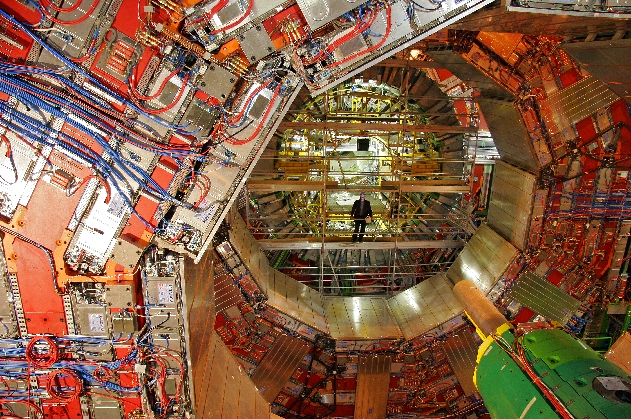
The picture above shows two of the muon "wheels" -five cylindrical elements which make up the outer structure of the central detector. They contain four layers of muon stations (the shiny silver boxes) layered between steel blocks.
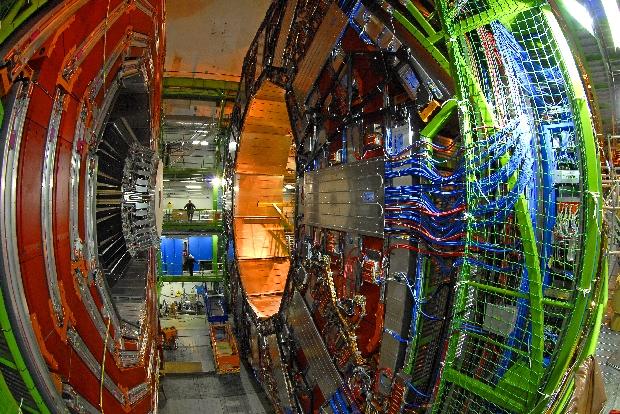
This picture shows two wheels from a side. On the back you can see the multi-level platforms which allow access to CMS from a side: they give an idea of the size of this thing.
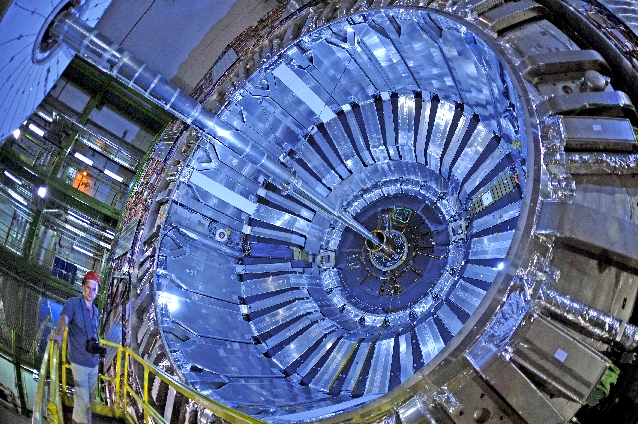
This picture shows the tracker, with the beam pipe inserted in it. The CMS tracker is made by about 200 square meters of silicon detectors: it is the largest such detector ever built, with the highest number of electronic channels ever put together in a single such device.
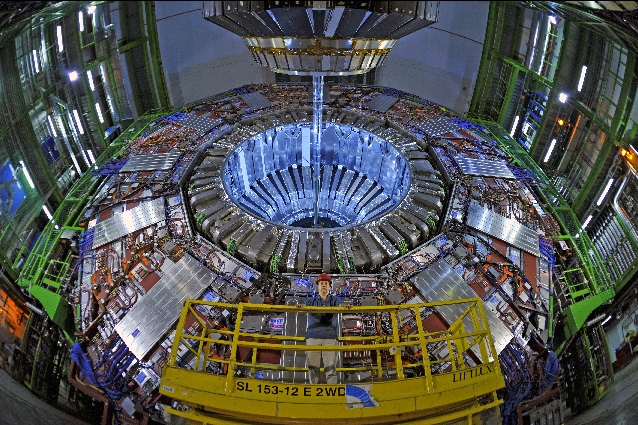
This shows the tracker inserved in the central detector from a side (actually from below).
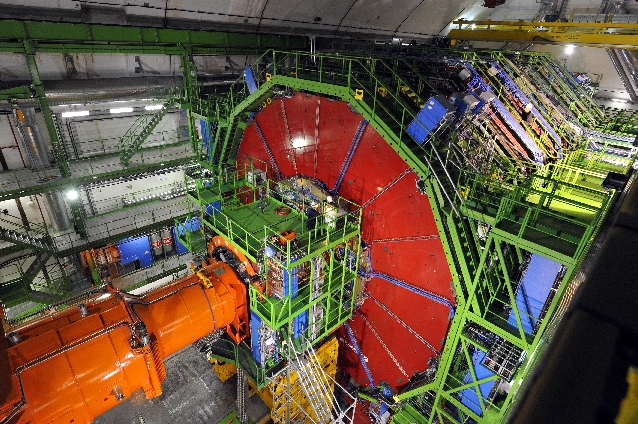
And the last picture shows the detector fully assembled in its working position.
If you want to see more like these, please visit this site. Have fun!





Comments